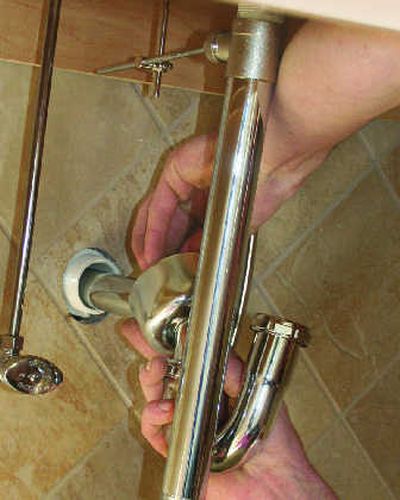Build a basic home repair kit with ease

Q: I’d like to get a complete set of tools for my home. What makes up a basic tool set? — Jamie B., Valdosta, Ga.
A: Most home-improvement and hardware stores sell “starter” sets for first-time tool buyers. These include many of the basic items you’ll need for minor home repairs, such as pliers, standard and Phillips-head screwdrivers, and assorted sizes and types of wrenches. However, you will need a few more things to complete your home repair kit:
• A curved claw hammer and nails — Make sure the hammer is at least 12 ounces in weight and comfortable to hold. Buy a variety of nails in different sizes and types; most stores offer nail sets.
• Adjustable wrench — A 10-inch adjustable wrench (or a plumber’s wrench) is a versatile tool around the house. Make sure the worm gear operates smoothly and doesn’t wobble.
• Rotary power drill — More important than a power screwdriver and probably the most convenient decorating accessory you will ever have. Make sure the drill has variable speeds, a reverse switch and can hold drill bits up to 3/8 ths inch.
• Steel tape measure — The model should have a lock button to hold the extended tape in place; purchase one with at least 25 feet of tape. A 1-foot ruler and a yardstick make good companions.
• 24-inch carpenter’s level — It should have two bubbles: one for measuring horizontal level, and the other for marking vertical plumb.
• Handsaw — Buy a saw marked “general purpose” to handle any variety of wood. Look for a steel blade, about 26 inches long, with a wooden handle.
• Hacksaw — This thin saw cuts metal; the blades are replaceable and come in several grades for cutting different strengths of metal.
• Pocketknife and utility knife — The pocketknife comes in handy for all sorts of tasks; the utility knife has a retractable (and replaceable) blade.
• Putty knife — Used to apply and work plaster, spackle, or — yes — putty. You should have two sizes: a 1-inch blade and a wide-blade wall scraper.
• Sandpaper, steel wool, metal file and wire brush — These come in handy for a variety of cleaning and sharpening tasks.
• Duct tape, electrical tape (yes, they’re different) and three types of glue: epoxy, white (PVA) and wood glue.
• Spackling compound and wood putty — These make filling holes and gaps in walls and wood easy.
Finally, having both a stepladder and an extension ladder will allow you to tackle hard-to-reach repairs, both indoors and out.
Home Tip: Sharpen small garden shears and scissors by cutting them through a piece of sandpaper, folded grit-side out. Repeat several times.